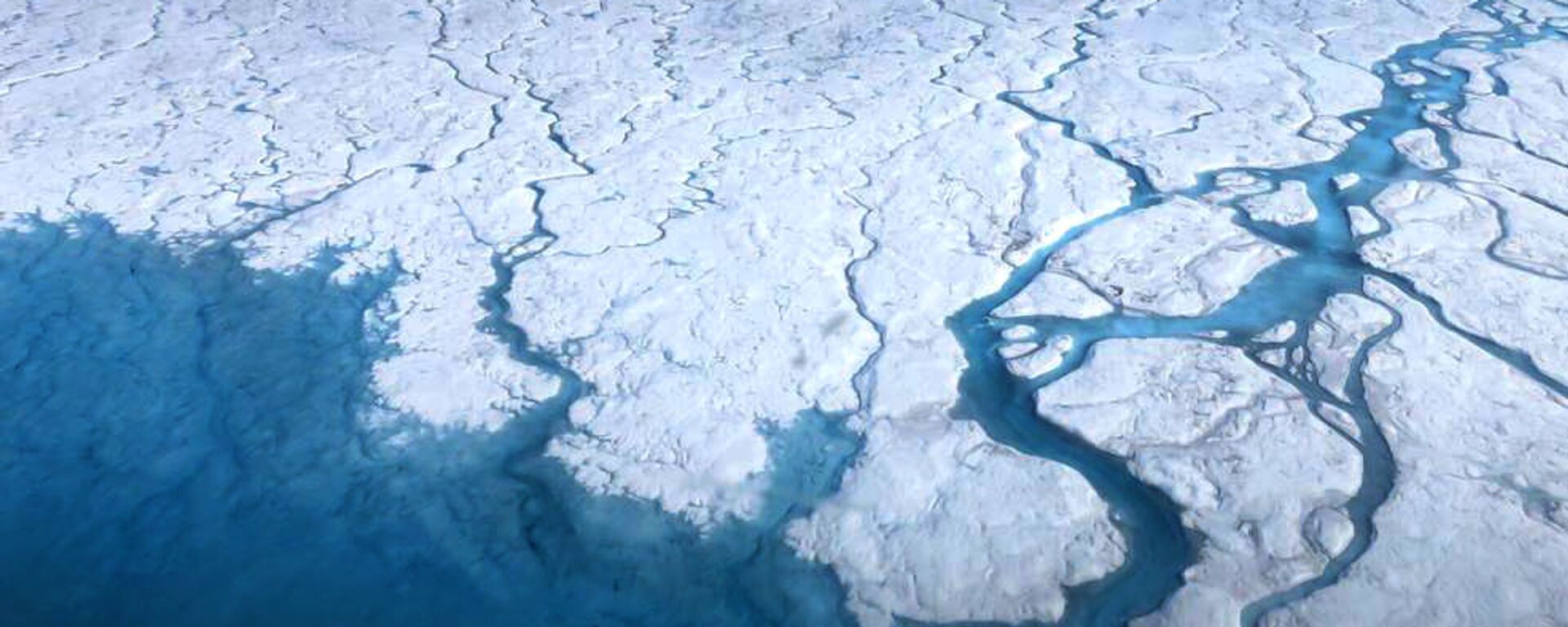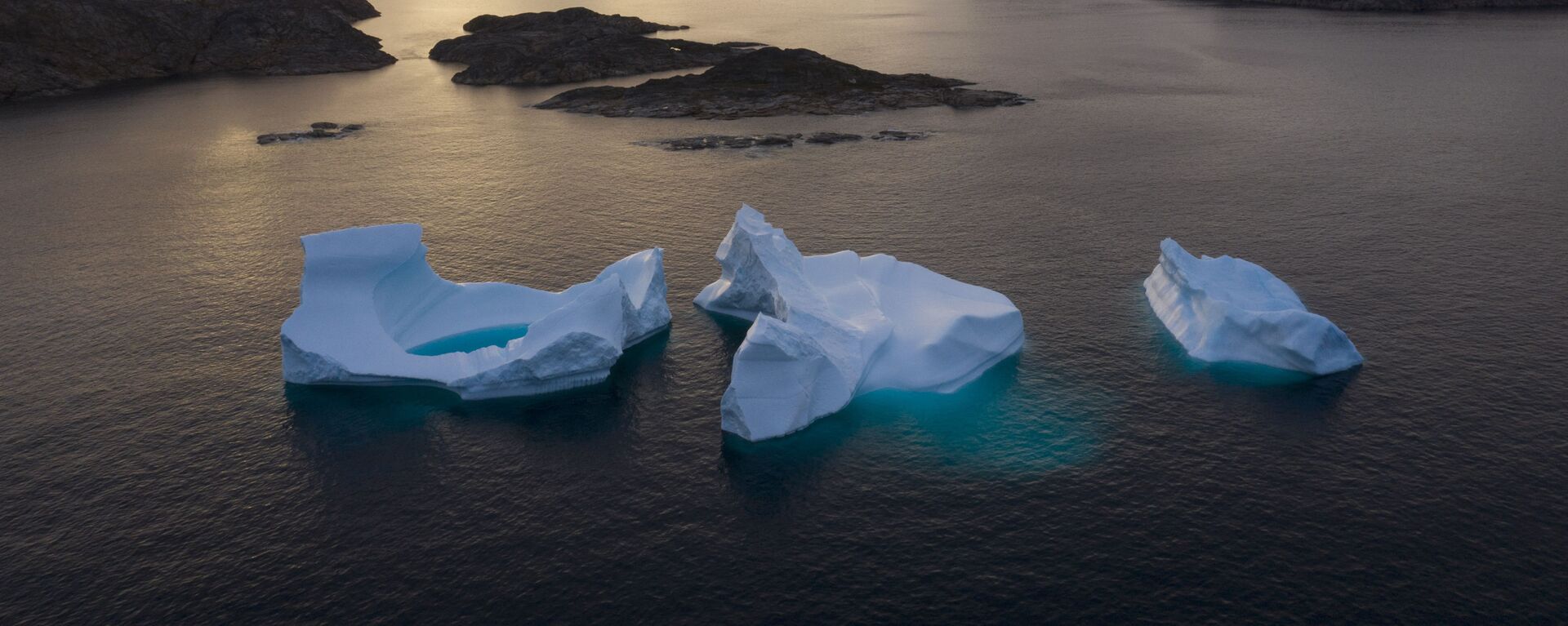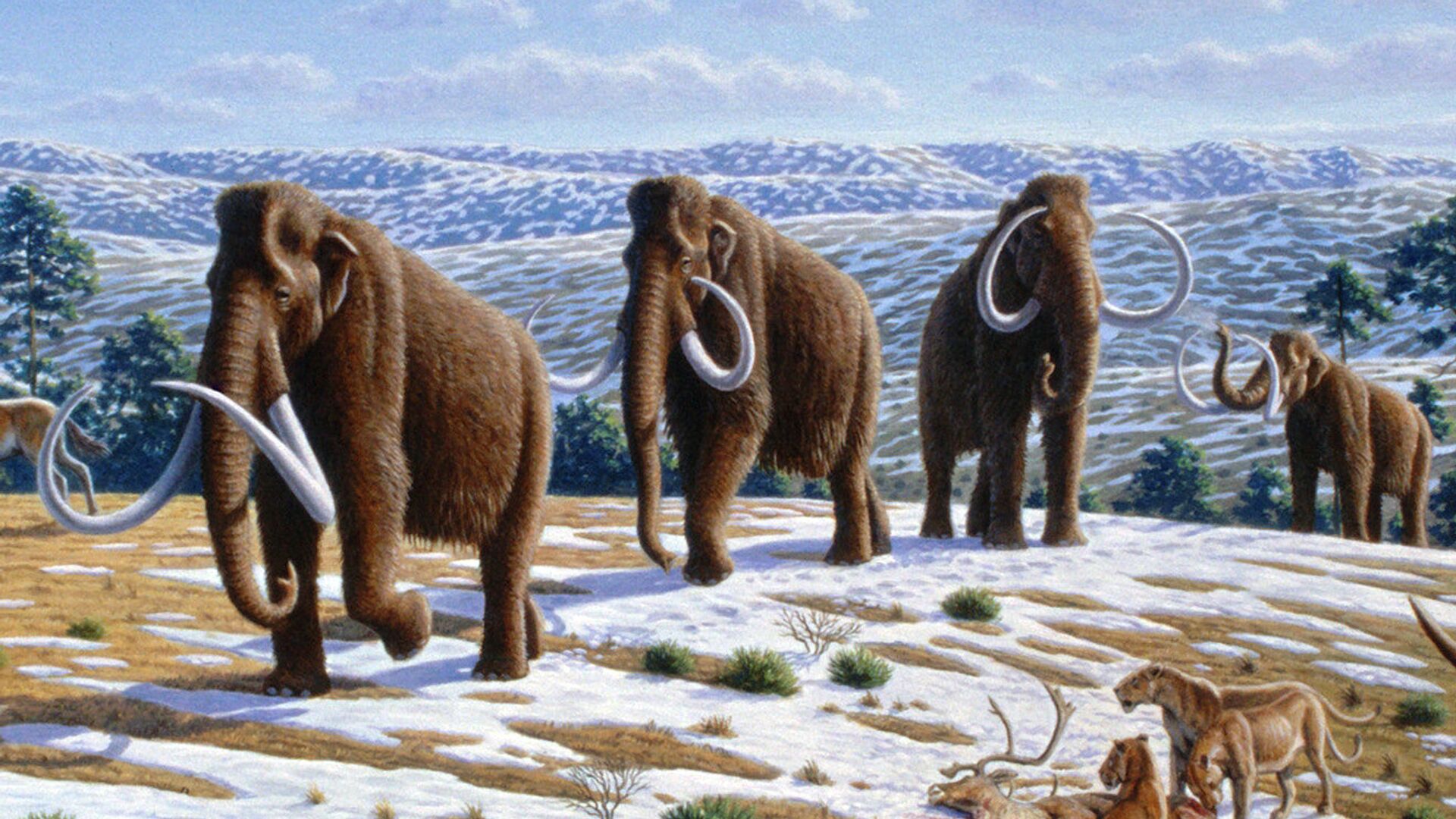https://sputnikglobe.com/20221208/worlds-oldest-dna-found-in-greenland-reveals-arctics-lost-nature-1105175149.html
World’s Oldest DNA Found in Greenland Reveals Arctic’s Lost Nature
World’s Oldest DNA Found in Greenland Reveals Arctic’s Lost Nature
Sputnik International
Some two million years ago, now barren and inhospitable Greenland lived up to its name, with elephant-like mastodons roaming its green forests. 08.12.2022, Sputnik International
2022-12-08T06:32+0000
2022-12-08T06:32+0000
2022-12-08T06:32+0000
science & tech
greenland
denmark
nature
archeology
dna
https://cdn1.img.sputnikglobe.com/img/104368/47/1043684782_0:30:1320:773_1920x0_80_0_0_adfc882f9a94d8b0541b628efcfdd957.jpg
The world’s oldest known fragments of DNA have been found in the permafrost of Cape Copenhagen at the northern edge of Greenland, offering an extraordinary glimpse at the extraordinary ancient ecosystem of the world’s largest island. The analyzed genetic material dates back at least two million years, which is nearly twice as old as the mammoth DNA from Siberia which was the previous record holder.The samples, gathered from more than 130 species ranging from giant mastodons to ants and plants, and identified after several years of painstaking research, showed that Greenland, today one of the world’s most desolate landscapes of ice glaciers and snow-covered mountains, was once covered by a forest of poplar and birch trees inhabited by wildlife such as reindeer, rodents and geese, and washed by warm coastal waters which provided a home to marine species such as horseshoe crabs and green algae. The reconstructed ecosystem has no modern analogue, the researchers said, describing it as a “mix between species that you don't see living together anywhere in the world.,”Extracting DNA from sediment allows researchers to track the ecology and evolution of prehistoric biological communities. It was pioneered by Danish researchers from the Lundbeck Foundation Geogenetics Center at the University of Copenhagen and relies on the binding of ancient DNA to mineral surfaces. In the early 2000s this method was tested on a chunk of Siberian permafrost and facilitated the extraction of DNA from plants such as willows and daisies which lived 400,000 years ago.In addition to making us more aware of the past, the discovery can also contribute to future research, the research team stressed. According to Eske Willerslev, professor of genetics at the University of Copenhagen, the temperatures two million years ago were higher than those today. Furthermore, they were similar to the environment and climate the world is moving towards today due to global warming, he emphasized.It can be estimated that the temperature in Greenland back then was between 11 and 19 degrees warmer than today, and therefore the two million-year-old ecosystem in North Greenland also provides a detailed insight into how nature reacted to climate change.According to him, this is both “bad” and “more uplifting” news. The bad news is that the human ability to predict changes in the environment is “extremely poor.” The more optimistic news is that the discovered DNA also provides us with a “genetic map” of how organisms have naturally adapted to climate change.The researchers admitted that still older DNA may be found during two expeditions to Northern Canada the coming summer. There, sediments between two and four million years old are found.
https://sputnikglobe.com/20221116/greenland-ice-melting-six-times-faster-than-thought-danish-researchers-say-1104271094.html
https://sputnikglobe.com/20221122/greenland-ice-getting-darker-melting-faster-due-to-pigmented-algae-1104523697.html
greenland
denmark
Sputnik International
feedback@sputniknews.com
+74956456601
MIA „Rossiya Segodnya“
2022
News
en_EN
Sputnik International
feedback@sputniknews.com
+74956456601
MIA „Rossiya Segodnya“
Sputnik International
feedback@sputniknews.com
+74956456601
MIA „Rossiya Segodnya“
danish realm, world's largest island, ancient biology, prehistoric wildlife, global warming, world's oldest dna
danish realm, world's largest island, ancient biology, prehistoric wildlife, global warming, world's oldest dna
World’s Oldest DNA Found in Greenland Reveals Arctic’s Lost Nature
Some two million years ago, now barren and inhospitable Greenland lived up to its name, with elephant-like mastodons roaming its green forests.
The world’s oldest known fragments of DNA have been found in the permafrost of Cape Copenhagen at the northern edge of Greenland, offering an extraordinary glimpse at the extraordinary ancient ecosystem of the world’s largest island.
The analyzed genetic material dates back at least two million years, which is nearly twice as old as the mammoth DNA from Siberia which was the previous record holder.
The samples, gathered from more than 130 species ranging from giant mastodons to ants and plants, and identified after several years of painstaking research, showed that Greenland, today one of the world’s most desolate landscapes of ice glaciers and snow-covered mountains, was once covered by a forest of poplar and birch trees inhabited by wildlife such as reindeer, rodents and geese, and washed by warm coastal waters which provided a home to marine species such as horseshoe crabs and green algae. The reconstructed ecosystem has no modern analogue, the researchers said, describing it as a “mix between species that you don't see living together anywhere in the world.,”
Extracting DNA from sediment allows researchers to track the ecology and evolution of prehistoric biological communities. It was pioneered by Danish researchers from the Lundbeck Foundation Geogenetics Center at the University of Copenhagen and relies on the binding of ancient DNA to mineral surfaces. In the early 2000s this method was tested on a chunk of Siberian permafrost and facilitated the extraction of DNA from plants such as willows and daisies which lived 400,000 years ago.

16 November 2022, 07:31 GMT
In addition to making us more aware of the past, the discovery can also contribute to future research, the research team stressed. According to Eske Willerslev, professor of genetics at the University of Copenhagen, the temperatures two million years ago were higher than those today. Furthermore, they were similar to the environment and climate the world is moving towards today due to global warming, he emphasized.
It can be estimated that the temperature in Greenland back then was between 11 and 19 degrees warmer than today, and therefore the two million-year-old ecosystem in North Greenland also provides a detailed insight into how nature reacted to climate change.
“This tells us that when we see these climate changes, which we are also experiencing today, nature reacts very unpredictably. No one would have predicted that it would turn out like this,” Willerslev told Danish media.
According to him, this is both “bad” and “more uplifting” news. The bad news is that the human ability to predict changes in the environment is “extremely poor.” The more optimistic news is that the discovered DNA also provides us with a “genetic map” of how organisms have naturally adapted to climate change.
The researchers admitted that still older DNA may be found during two expeditions to Northern Canada the coming summer. There, sediments between two and four million years old are found.

22 November 2022, 08:32 GMT



